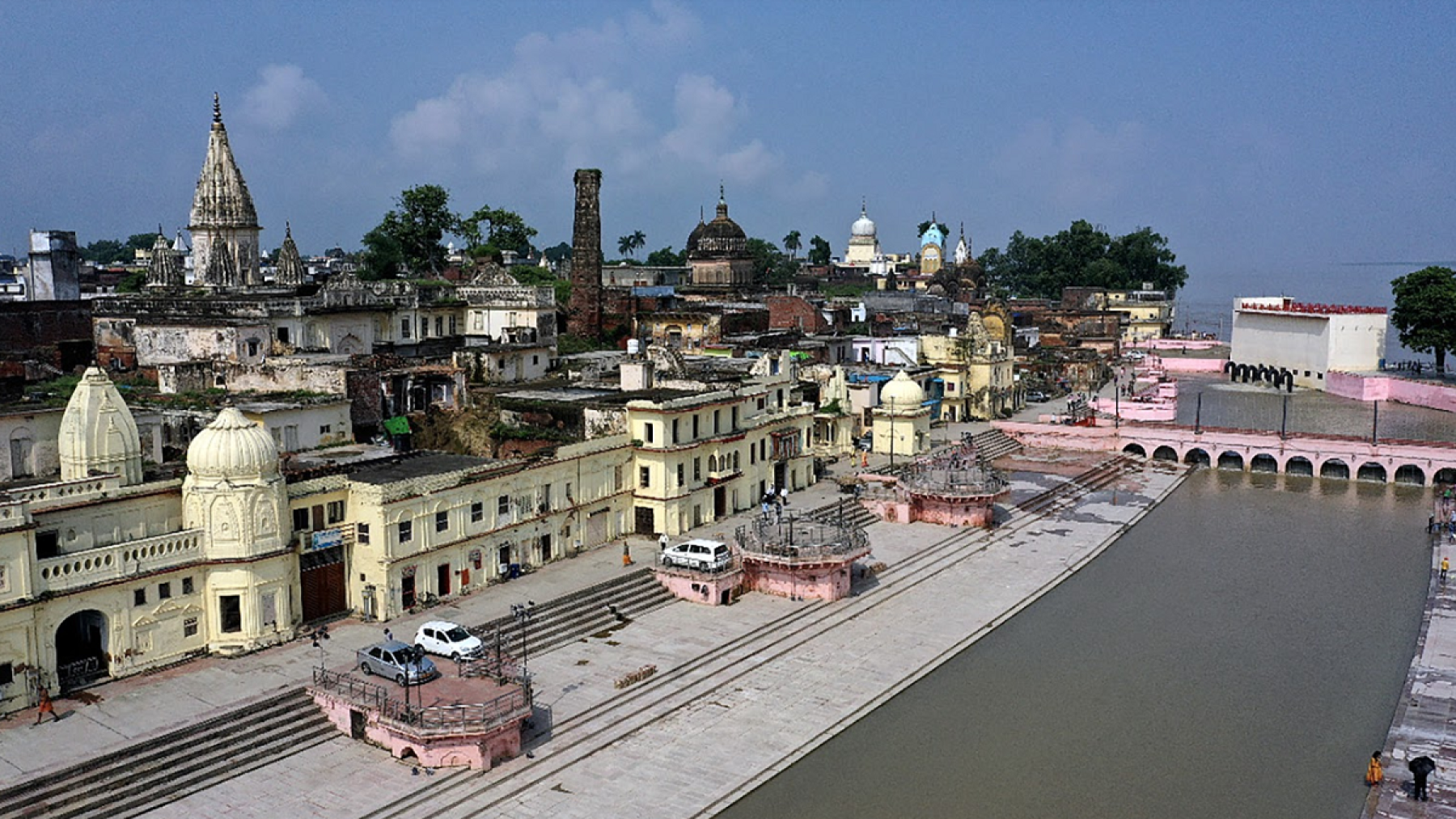Ayodhya, a city deeply rooted in Hindu mythology and cultural traditions, offers a unique experience to its visitors. Understanding and respecting the local cultural norms and practices is crucial for a harmonious and enriching visit. This guide provides insights into the various aspects of cultural etiquette in Ayodhya, ensuring travelers can navigate the city’s social landscape with sensitivity and awareness.
Dress Code and Attire: Appropriate dressing is an important aspect of visiting Ayodhya, especially at religious sites.
- Modesty is Key: Conservative dress is preferred, particularly in temples and during religious ceremonies.
- Temple Attire: Remove shoes before entering temples and cover your head where required.
- Adapting to Local Norms: Observing and adapting to the local dress code shows respect for cultural practices.
Key Points:
- Prefer conservative and modest clothing.
- Remove shoes and cover head in temples.
- Adapt to local dressing norms.
Religious Etiquette: Respect for religious practices and places is paramount in Ayodhya.
- Temple Conduct: Remain quiet and respectful inside temples. Follow the temple’s specific rules and rituals.
- Photography: Ask for permission before taking photos, especially inside temples.
- Participating in Rituals: If participating in rituals, observe others or ask for guidance to ensure proper conduct.
Key Points:
- Maintain quiet and respect in temples.
- Seek permission for photography.
- Follow guidance when participating in rituals.
Local Customs and Traditions: Ayodhya’s rich tapestry of customs and traditions is a crucial part of its cultural identity.
- Festivals: Participating in local festivals like Diwali and Ram Navami can be a culturally enriching experience.
- Social Interactions: Greet people with a simple “Namaste” and show respect to elders.
- Understanding Traditions: Take time to learn about the local customs and their significance.
Key Points:
- Engage in local festivals and celebrations.
- Use “
Namaste” for greetings and show respect to elders.
- Learn about and respect local customs.
Dining Etiquette: Mealtime customs in Ayodhya reflect the city’s cultural values and religious beliefs.
- Vegetarian Cuisine: Most local cuisine is vegetarian, respecting the Hindu dietary practices.
- Eating Habits: It is common to eat with hands in many local settings. However, utensils are usually available upon request.
- Respect for Food: Wasting food is frowned upon, so take only as much as you can eat.
Key Points:
- Predominantly vegetarian local cuisine.
- Eating with hands is common but utensils are available.
- Avoid wasting food.
Language and Communication: Effective communication can enhance your experience in Ayodhya.
- Hindi Predominance: Hindi is widely spoken, though some English is understood in tourist areas.
- Non-Verbal Communication: Be aware of gestures and body language as they can convey respect or unintentional offense.
- Asking for Help: Don’t hesitate to ask for directions or assistance, as locals are generally helpful.
Key Points:
- Hindi is the primary language.
- Be mindful of non-verbal cues.
- Locals are generally helpful.
Tipping and Bargaining: Understanding the norms around tipping and bargaining can make transactions smoother.
- Tipping Practices: Tipping is not mandatory, but small tips for good service are appreciated.
- Bargaining: Bargaining in markets is common and expected, but do so respectfully.
- Pricing Awareness: Be aware of the general pricing to avoid being overcharged.
Key Points:
- Tipping is appreciated but not mandatory.
- Bargaining is common in markets.
- Be aware of standard pricing.
Public Behavior and Social Etiquette: Social etiquette in Ayodhya is grounded in respect and modesty.
- Public Displays of Affection: Conservative attitudes prevail, so minimize public displays of affection.
- Respect for Elders: Elders are given utmost respect in all social situations.
- Queue Etiquette: Be patient and maintain orderly queues when required.
Key Points:
- Avoid public displays of affection.
- Show respect for elders.
- Follow queue etiquette.
Conclusion: Visiting Ayodhya is not just a travel experience but a cultural immersion. Respecting and adhering to the local cultural norms and practices is key to a fulfilling visit. By understanding the expectations around dress code, religious etiquette, dining, language, and social behavior, travelers can enjoy a harmonious and
respectful interaction with the city and its people. Embracing these cultural nuances will not only enrich your travel experience but also help foster a deeper connection with Ayodhya’s rich heritage.
FAQ:
- Is English widely spoken in Ayodhya?
- English is understood in tourist areas, but Hindi is more widely spoken.
- Are there any specific customs I should follow when visiting temples?
- Dress modestly, remove shoes, and observe silence inside temples.
- How should I dress while exploring Ayodhya?
- Opt for modest and conservative clothing, especially when visiting religious sites.
- Is it acceptable to eat with my hands in Ayodhya?
- Yes, eating with hands is common, but utensils are available upon request.
- Should I tip in restaurants and taxis in Ayodhya?
- Tipping is appreciated but not mandatory; a small gratuity for good service is customary.
- Is bargaining accepted in Ayodhya’s markets?
- Yes, bargaining is common in markets, but it should be done respectfully.
- What is the best way to greet people in Ayodhya?
- A simple “Namaste” with folded hands is an appropriate and respectful greeting.
- Can I take photos inside temples in Ayodhya?
- Always ask for permission before taking photos, especially inside temples. Photography may not be allowed in certain areas.



